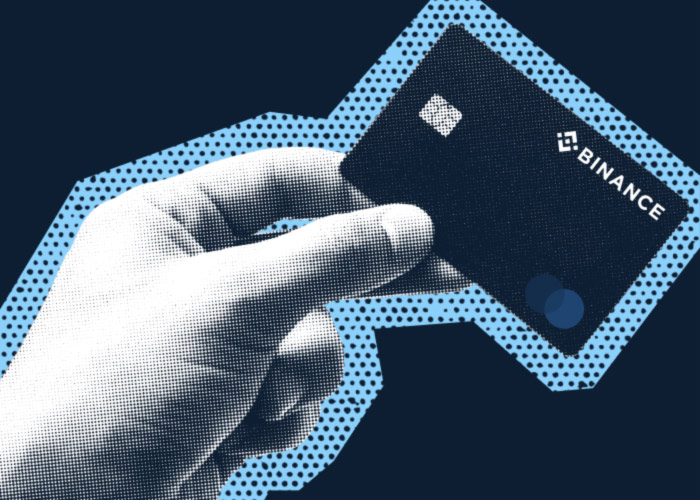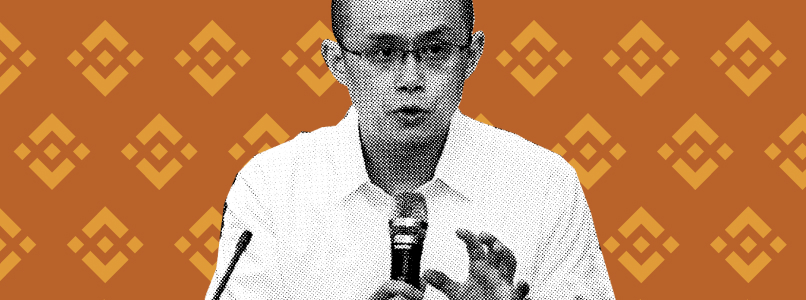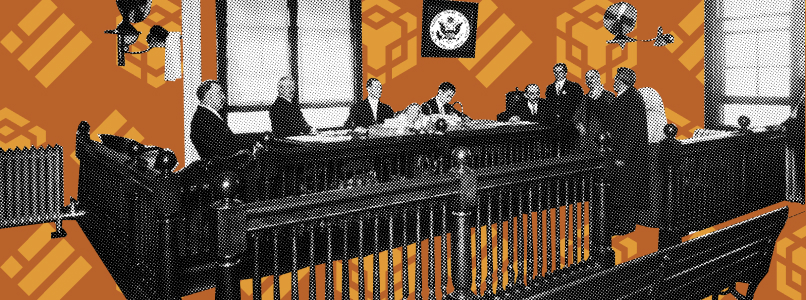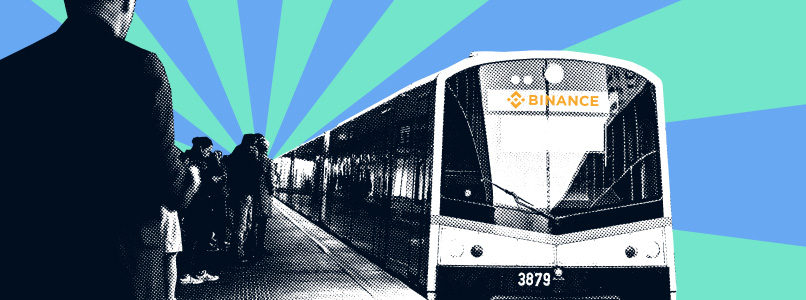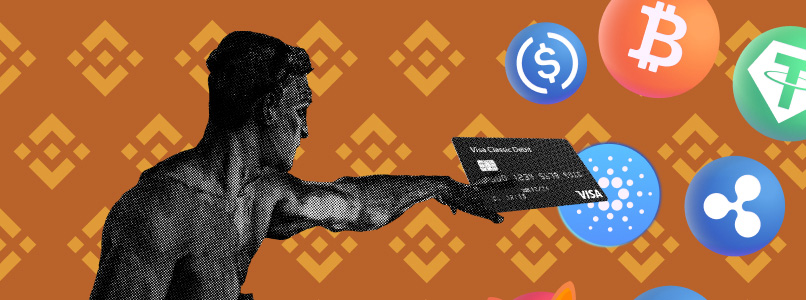During the recent Binance Meetup in Tbilisi, Olga Zemtsova, CoinsPaid Media Correspondent, talked to Iouri Galitchenko, Business Development Manager of Binance Pay for CIS.
The conversation touched on crypto cards, their convenience, specifics, and the main obstacles standing in the way of their mass adoption.
Olga: Is it fair to say that crypto cards are the future of the payments market?
Iouri: We need to clarify a bit here. Cards are still cards. One industry doesn’t simply absorb another. In fact, we cooperate with traditional players in the market; for example, we have partnerships with both Visa and Mastercard and banks. So, crypto cards represent a project launched by classic players active in the market, but it has an important addition such as linking the card to a crypto wallet. In this case, the user’s funds are already deducted in crypto.
The basic part of the card, its functionality, remains the same. Basically, we add features to the classic card for payments. Blockchain technologies complement the products that already exist in the market. For instance, we released cards together with Visa in every European country and with Mastercard in Latin America, we already operate in Brazil and Argentina. We’ve also partnered with Mastercard in the Middle East.
Olga: What are the advantages of using crypto cards compared to ordinary bank debit cards?
Iouri: The advantage is that a Binance card is already linked to your Binance wallet. You don’t need to exchange crypto for fiat to make payments. For example, you have some funds in your Binance wallet (BTC, ETH, BNB, etc.), and when you pay with your card, the whole process of exchanging these funds is done automatically. You come to the store and simply pay by card. You get charged using the cryptocurrency funds available on your balance. However, these are still standard Visa and Mastercard cards for the store.
Olga: Is there any significant difference for crypto card users in different segments?
Iouri: We mainly target individuals. We issue standard Visa and Mastercard cards. So they aren’t B2B products.
Olga: What’s the difference for an ordinary person in receiving, using, and maintaining crypto cards compared to conventional bank cards?
Iouri: We want to make the user experience the same across the world. How do you get a Binance card? You enter the Binance app, find the “Order Card” button, and just tap on it. You may need to fill in some information there. Your card will arrive within two-three days. Once you get the card, activate it, and that’s it — the card will appear on our app. You can also set the limits there — everything is done online via the application.
Olga: Different types of crypto cards are being implemented in certain countries, but why are they still not widespread? What are the main barriers standing in the way of their adoption?
Iouri: We want to keep the experience with crypto cards uniform, convenient, simple, and clear all over the world. However, the banking business is highly regulated and governed everywhere in its own way. Processes in each country work completely differently, and we have to work very hard to comply with local laws.
In Kazakhstan, for instance, when you order a card through a bank, you have to receive an SMS code, the activation of which means that you’ve signed an agreement. And in Europe, there’s no such step. Each country develops its own rules on how to get a crypto card. For example, in some countries, you have to visit an office, in others, banks send couriers to verify the client, and in some other countries, you can do it via the phone. That’s why it’s challenging to launch this product. It only seems simple, but in reality, the regulation and local laws complicate the process.
Interviewed by Olga Zemtsova
